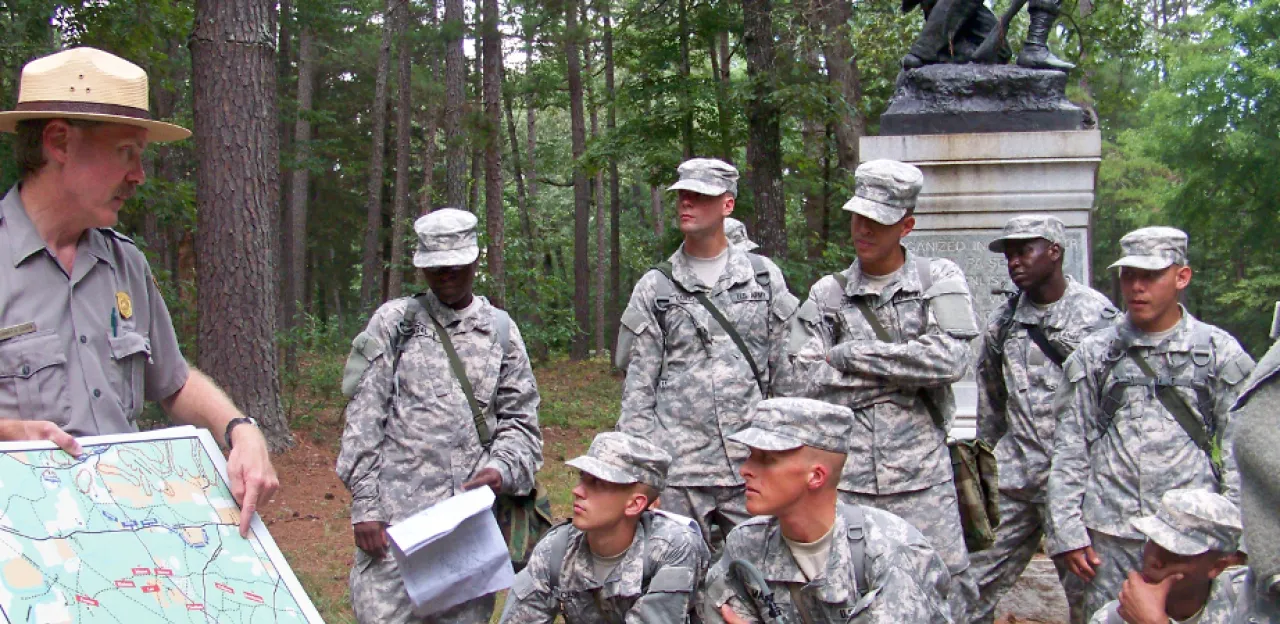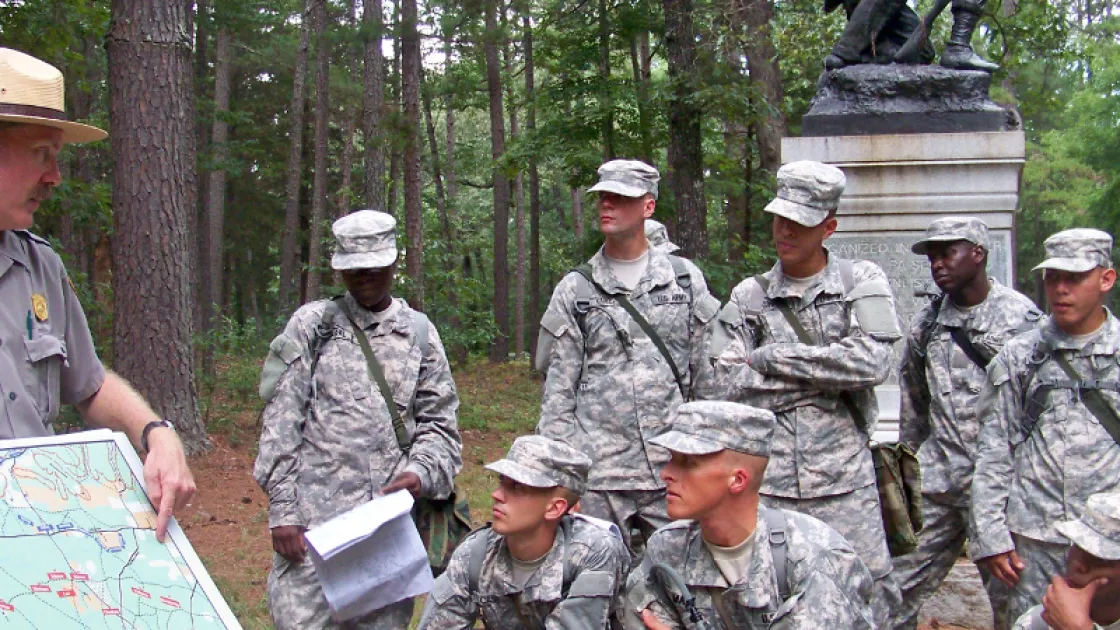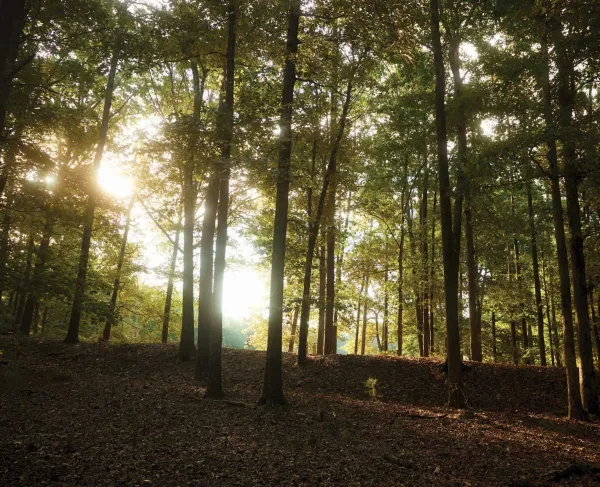Historic Battlefields Make Modern Military Classrooms

Hallowed Ground Magazine, Summer 2015 Issue
The stereotypical battlefield field trip may involve tweens or teens, some of them more excited about spending a day outside than about spending it on hallowed ground. But America’s Civil War battlefields also play host to a very different kind of learning experience for a very different kind of student — typically one wearing military fatigues. These so-called staff rides are a time-honored tradition in the U.S. military and allow participants to examine a battlefield in extraordinary depth, gleaning valuable lessons in leadership and military science.

Modern staff rides are adapted from a 19th-century German practice, in which officers made coordinated forays on horseback to study strategic ground that might play a role in a forthcoming campaign. Rather than looking toward future conflict, however, American staff rides are an opportunity to consider the value and consequences of applying (or not applying) the essentially unchanging principles that soldiers will be expected to demonstrate during their military service in a historical setting.
Staff rides encompass more than what is typically included in a general-interest battlefield tour, even one crafted specifically for subject matter experts. Individual participants may adopt the personas of historical figures and engage in debate on both intentions and outcomes. Particular emphasis is often placed on landscape analysis and how the emerging situation “on the ground” impacted the evolving engagement. Frequently, historians work in tandem with experienced officers to offer background context to shape the discussion.
In the United States, the concept of staff rides originated at the U.S. Army General Service and Staff School (now the U.S. Army Command and General Staff College) at Fort Leavenworth, Kan., under assistant commander Maj. Eben Swift at the turn of the 20th century. When Swift was named director of the U.S. Army War College, he integrated staff rides into that school’s curriculum. At the outset, a combination of accessibility and applicability dictated that Civil War battlefields were the almost-invariable focus of such studies, which were offered for officers and officer candidates. In the last 40 years, however, the staff ride has expanded in its scope, featuring more non–Civil War sites and integrating opportunities designed for soldiers of all ranks and specialties.





